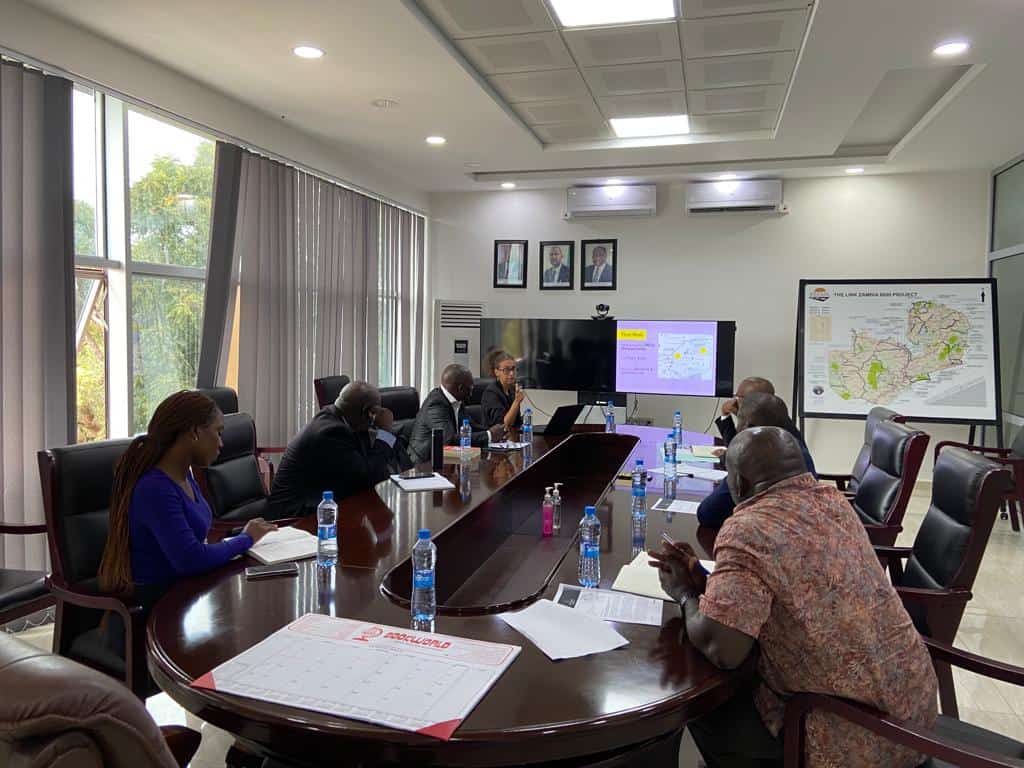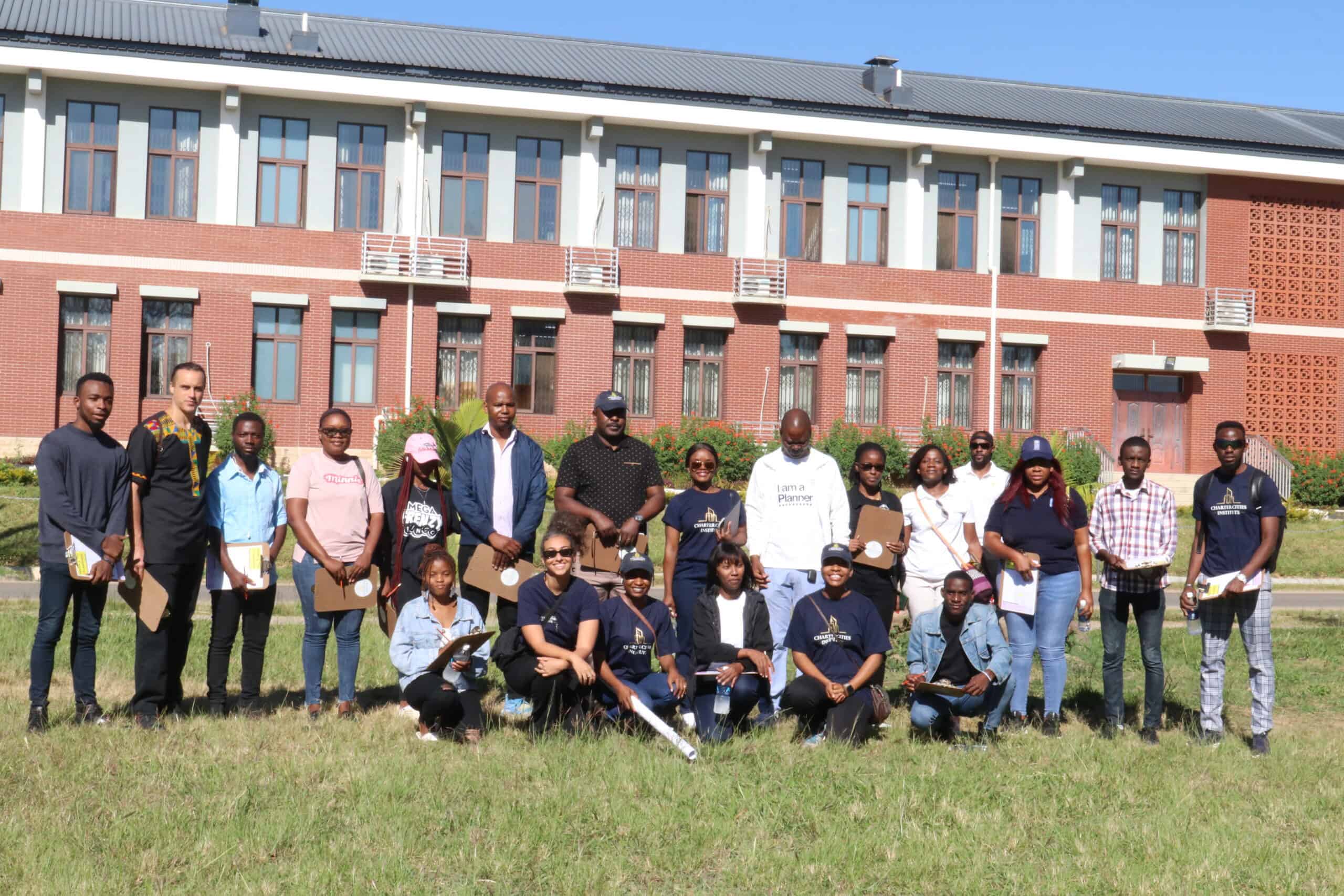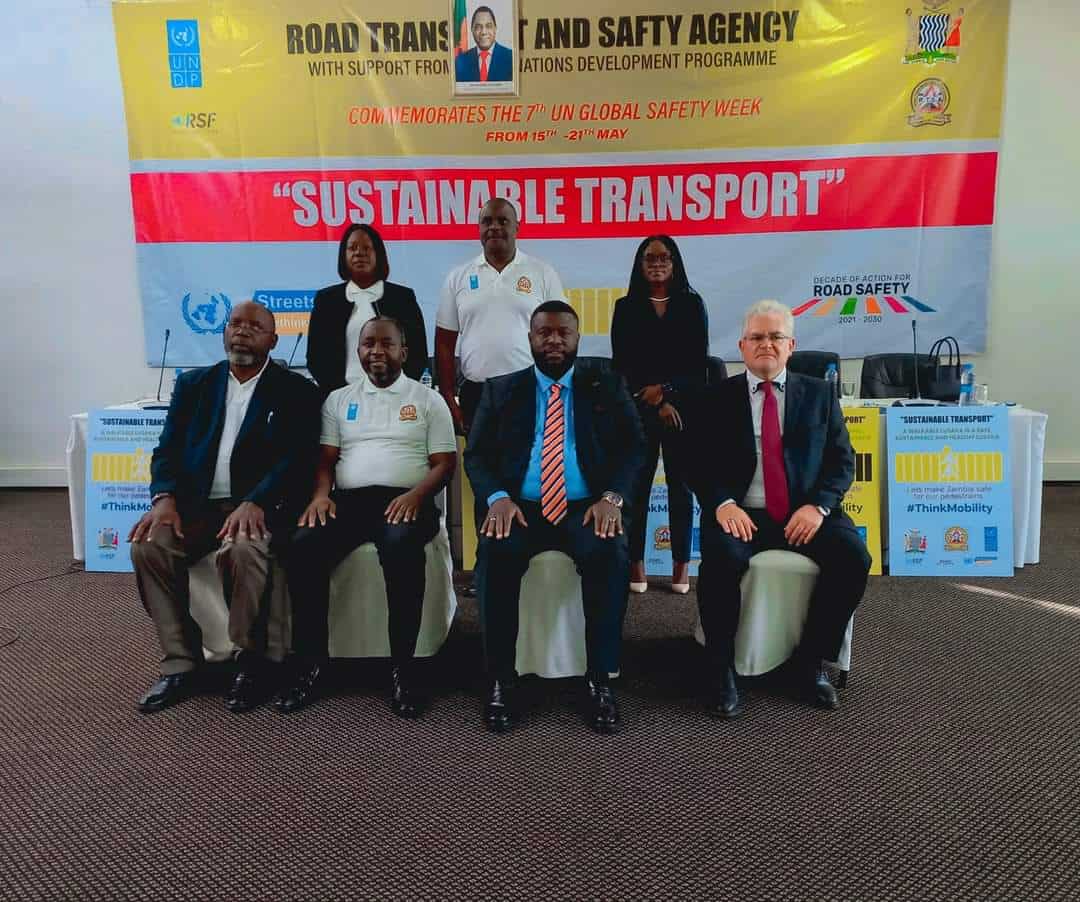One afternoon in 2021 in D.C., we made fun of a friend who couldn’t cross a street properly. My friend who grew up in a sub-Saharan city said she was not used to crossing or walking in streets. She replied, “We don’t walk in Africa.” She went on to explain that even if you want to cross the road, you take your car to the other side. The shock of that statement made me speechless. I am rarely ever speechless.
One year later, I moved to Lusaka, Zambia (in Southern Africa). As I was preparing to move, I talked to a friend in Lusaka who also told me that I needed a car since, “no one walks here.” Again, completely shocked. I have studied Sub-Saharan urbanism deeply and didn’t understand all these “no one walks” statements.
After living in Lusaka for over a year, I realized that both of my friends were correct. Yes, they don’t walk in Africa. Walking in Lusaka is one of the most boring things you can do; the lack of mixed-use development makes the walk dull, as you just see walls and cars. The lack of paved sidewalks makes the walk uncomfortable. The non-existence of street lights makes the walk dangerous at night. The sprawled nature of Lusaka makes trips extremely long. I get it; no one who can avoid walking in Africa should walk.
However, according to The United Nations Environmental Program, 78% of Africans cycle or walk to work daily. Africa walks more than any other continent. Zambia is no different 65% of daily trips are done by walking. So clearly, Africans walk, mostly because they don’t have any other choice. Walking doesn’t need advocacy. It is the main source of mobility for most Africans already. Yet, walkability does need improvement … lots of improvements.
When we were setting the Lusaka Urban Lab research agenda, it was clear that mobility and walkability must be studied. We came up with the idea for “Walking the Un-walkable.” Walking the Un-walkable centers itself around four walks aiming to simulate the experience of walking along selected routes and thus identifying challenges and shortcomings of pedestrian walkways. The project advocates for more sustainable walking infrastructure and a better overall experience. The mapping exercises end with a co-development of a policy brief and a tool kit to improve walkability in Lusaka and Zambia at large.
One of Lusaka Urban Lab’s main goals is to bridge the gap between communities, academia, and policymakers. What better way to get everyone together than to start walking together? To put the policymakers who rarely walk literally in the footsteps of the different groups who have to walk daily. The project allows various groups to come together, discuss, map, and co-create policies and interventions that work.
The project started with a workshop in which the stakeholders were invited to co-design the routes to be mapped and discuss the project. The stakeholders invited included the University of Zambia (UNZA), the United Nations Development Program (UNDP), the Zambia Institute of Planners (ZIP), and the Ministry of Local Government and Rural Development (MLGARD). The main outcomes of the workshop included the importance of choosing the routes around users (e.g., school children, university students, and labor markets) and the need to reach out to more stakeholders to include in the process. The first route decided on was the UNZA-Kalingalinga path, to map students and labor market routes from the university to high-density and low-density neighborhoods.

Based on the suggestions made during the workshop, the team worked on engaging with more stakeholders. We met with the Ministry of Infrastructure, Housing and Urban Development, where we explained the project, and they promised to start joining the walks and to participate in the project more generally. We also met with the Ministry of Transport and Logistics, where we further discussed their transportation strategy and how the two teams could collaborate.

The next week, on Friday, the 21st of April, we kicked off our first walk attended by Mr. Maambo B. Haamaundu, the permanent secretary of administration of the Ministry of Local Government and Rural Development (MGLARD), and representatives from the United Nations Development Program (UNDP), Zambia Institute of Planners (ZIP), Zambia Institute for Public Policy and Research (ZIPAR), University of Zambia (both students and staff), Ministry of Infrastructure, Housing and Urban Development, Market Urbanism Report, and various media houses.

Mr. Maambo was so involved in the walk he started chatting with the inhabitants and discussed with them the barriers to walkability and the effect of poor maintenance of drainage systems on floods in the rainy season. We even cleaned out some drainage systems ourselves.

R: Mr. Maambo talking to street users
The walk ended in a small coffee shop where everyone got a chance for an urban rant and a fix of chocolate and caffeine. The lack of sidewalks drove people crazy. UNZA students went on long rants on what happens when Kalingalinga floods in the rainy season and the routes they have to take to get to school. Even the coffee shop owner was so invested in our talk that she advised the walkers to wear something shiny when walking at night as the cars couldn’t see them otherwise.

On May 15th, we participated in the 7th United Nations Global Road Safety Week under the theme of Sustainable Transport. Mwanda Phiri (CCI Zambia’s Africa Lead) gave a speech on the importance of walkability and putting pedestrians at the center of policy. She also invited all stakeholders to participate further in the rest of the walk and the next steps of the projects. The list of speakers included Hon. Frank Tayali, Minister of Transport and Logistics; Mr. Lionel Laurens – Resident Representative – United Nations Development Programme; Eng. Amon Mweemba – Director and CEO – Road Transport & Safety Agency (RTSA); and Mrs. Cindy Siame – Board Chairperson of the Passengers Pedestrians and Cyclists Association of Zambia (PAPECA).

The truth is we don’t need to advocate walking in Africa; the facts are clear: people already walk more here than anywhere else in the world. What needs to be done is to adjust the urban environment to allow for a safe and productive walking experience. At the core of creating walkable cities is allowing for increased density (building upwards) and mixed-use development. Between a long-term strategy to identify Lusaka densification needs, and small interventions are done to sidewalks in Lusaka, the walkability of Lusaka remains an urgent matter. An urgent problem rarely addressed and one of which most policymakers are oblivious.
We have launched the publication for the first walk here. In the publication, we detail the conversations we had during the walk and its outcomes. It also presents the final collective map we co-created and a lot of contributions from students and various stakeholders who participated in the walk. As we mentioned, this is the first walk and publication in four total walks. So, if you are located in Lusaka or visiting Lusaka and want to join one of our walks, or if you have any questions about this project and its outcomes, reach out to me, and as I tell all my colleagues, I will eventually answer your email.
PS If you want to walk with us, don’t forget your shiny shoes!







